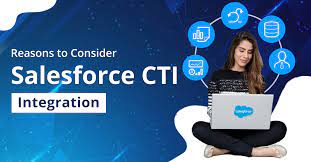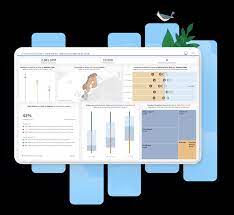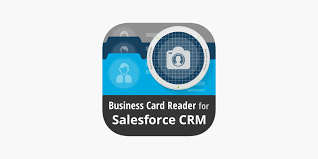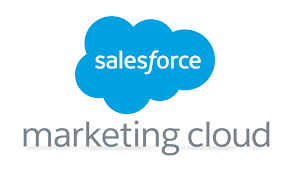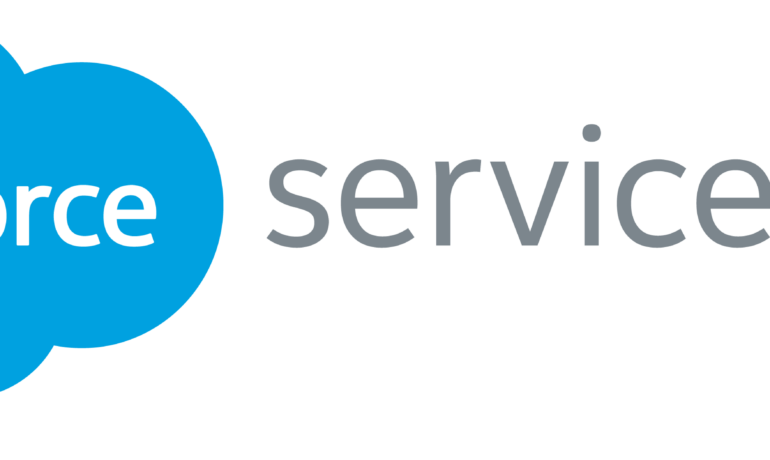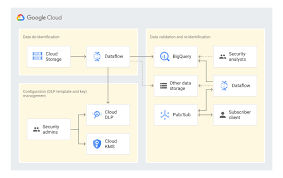The Crucial Role of First-Party Identity in Customer Experience
The Crucial Role of First-Party Identity in Customer Experience Customer identity is key in differentiating between a great and a poor – or even negative – customer experience. Without accurately identifying your customers, true success is pretty unattainable. However, for identity resolution to be effective, it must be conducted in a first-party manner. Most identity resolution vendors operate as third parties, often downplaying the importance of first-party identity. They claim they can do better, but there’s a reason they ask for your data and expect you to fill in the gaps. They can’t provide the same level of service and rely on customers to supplement their incomplete identity profiles. Here are 11 things vendors don’t want you to know about first-party identity: Understanding Third-Party vs. First-Party Identity Just like data types, identity resolution can be either third-party or first-party. Third-party data is purchased or licensed from vendors who don’t have direct relationships with the consumers. This data is aggregated from various sources and sold to brands. In contrast, first-party data is collected directly from your customers through your owned domains, platforms, and apps. First-party identity follows the same principle: it’s captured, assembled, and owned by you. Third-party identity, however, is built and controlled by an external vendor. This distinction is critical because, with third-party identity resolution, you don’t own or control the data, nor do you know its original source or quality. Think of the impact that has on customer trust! 11 Truths About First-Party Identity Role of First-Party Identity The perceived “free” nature of third-party identity solutions often comes with hidden costs and risks. The investment in a premium first-party identity solution, while initially costly, provides substantial benefits through accurate, real-time data and robust features. This gives your brand a competitive edge, making the investment well worth it. Don’t risk your brand’s success on inferior third-party tools—they cost more than you think. Content updated February 2024. Like Related Posts Salesforce OEM AppExchange Expanding its reach beyond CRM, Salesforce.com has launched a new service called AppExchange OEM Edition, aimed at non-CRM service providers. Read more The Salesforce Story In Marc Benioff’s own words How did salesforce.com grow from a start up in a rented apartment into the world’s Read more Salesforce Jigsaw Salesforce.com, a prominent figure in cloud computing, has finalized a deal to acquire Jigsaw, a wiki-style business contact database, for Read more Health Cloud Brings Healthcare Transformation Following swiftly after last week’s successful launch of Financial Services Cloud, Salesforce has announced the second installment in its series Read more


